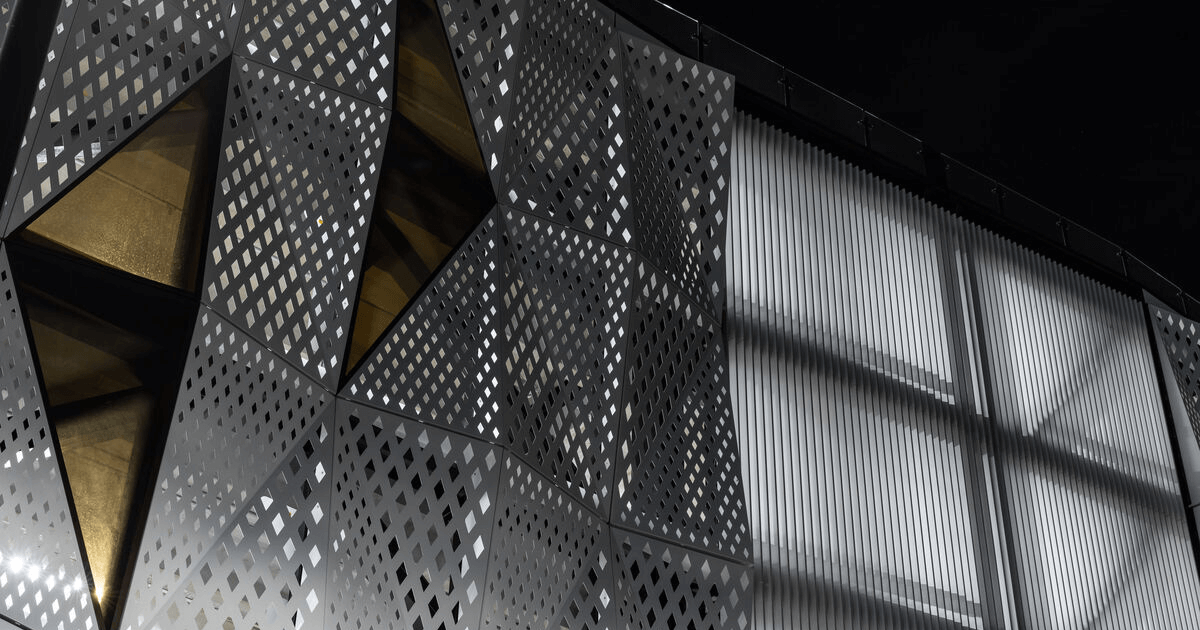How to reduce the risk of wind noise
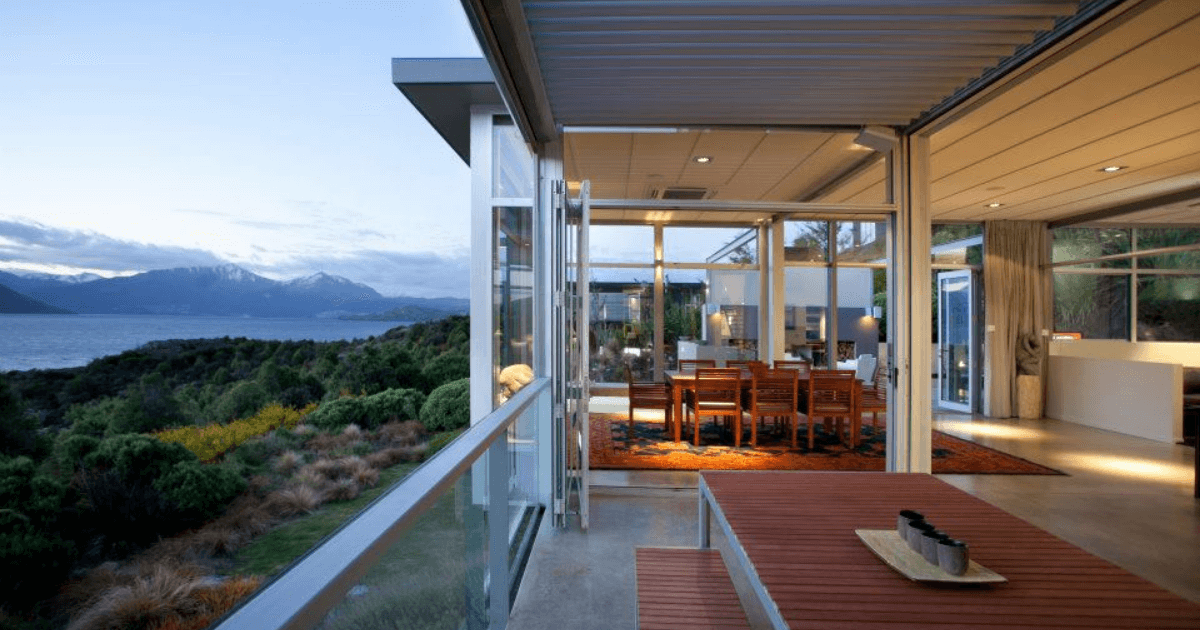
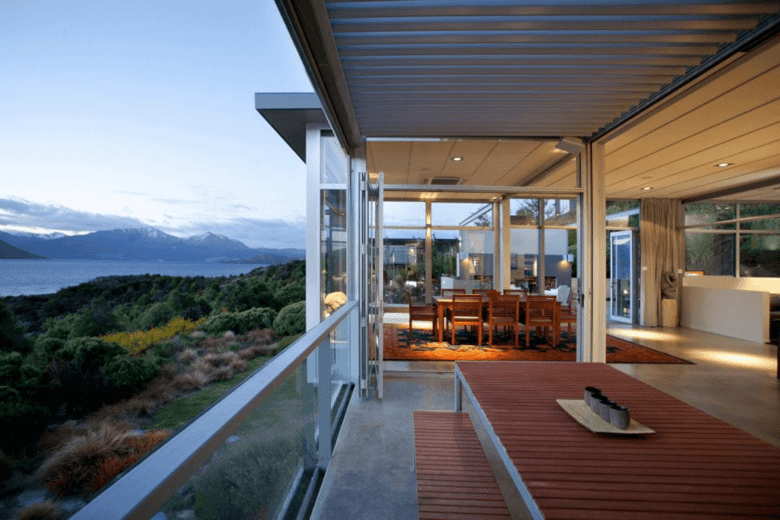
With the ever-changing nature of the weather here in New Zealand we’ve all grown accustomed to four seasons in one day, and weather that can change in an instant. Weather conditions like strong winds can have a negative impact on our daily lives – ever tried walking along the waterfront on a windy day in Wellington? It’s by all means difficult, and incredibly noisy!
The noise that strong winds make has the ability to reverberate around us causing discomfort on a number of levels. Some residential buildings in fact are known to produce a noise similar to a whistle on windy days that if not fixed, can lead to severe occupant discomfort. And with many more people now working from home, the level of discomfort that can be caused by something like a whistling balcony will prove all too distracting during a work-from-home day.
Some balconies have made so much noise that they’ve even made the news. Take this apartment block completed in Grey Lynn – while the apartments were aesthetically pleasing and a modern design, the balconies produced a high-pitched scream caused by the wind, which drew many complaints.
While the weather can be unpredictable, what we can predict is how facade treatments like balconies and balustrades will perform in the wind and how much noise they will create. In this article, we’ve covered why balconies can make a lot of noise, and how a smart facade system like the dapple range of perforated screens, help to reduce this risk.
What causes whistling balconies?
The last thing you want to hear from a new apartment complex or residential building development is a high-pitched scream or whistling noise whenever there is bad weather or strong winds. If potential wind noise isn’t something that’s considered at the design stage of a new-build, the potential ramifications of this can be significant.
As our friends over at Insol note, there are a number of factors that impact and cause building noise. These include but are not limited to:
Air moves more rapidly at height
It is commonly known that air moves more rapidly as height increases. For taller buildings like apartment complexes, this increases the possibility of wind-related sound issues. In structures with architectural facades like balconies or balustrades, the potential of noise from wind rises in relation to the level of complexity of the design.
Vortex shedding
When wind hits a structure, alternating vortices are formed at a specific frequency which can lead to structural vibration and a dreaded whistling noise. This is caused by the vibration frequency being the same as the natural resonant frequency of the facade element.
Structural vibration
Structural vibration can also be caused by friction between moving building elements. And at its worst, structural vibration can even cause a structure to collapse. The Tacoma Bridge is an example of a structure that collapsed due to aeroelastic flutter caused by wind speeds matching the natural frequency of the structure.
Helmholtz resonance
Helmholtz resonance happens when air passes over a single opening causing the air in and around the opening to vibrate as the air inside compresses and decompresses. Examples of this would be blowing across the top of a bottle neck, or opening just one window in a moving car.
How to reduce the risk of facade treatments creating noise
Anything that has holes or openings can whistle or make noise in the wind and the resulting wind noise can become overwhelming. While the true effect that wind has on noise can be hard to determine, there are tools and specialist products on the market that aim to reduce the amount of noise that something like a balcony or balustrade makes.
In conjunction with Insol, we have developed dapple perforated screens. Each screen has not only been designed to enhance sunlight, but each screen has also undergone rigorous wind-tunnel testing. From this testing which is completed in a custom wind tunnel, each screen is assigned a wind performance rating for your peace of mind.
When developing dapple, extensive wind research was completed – something that sets dapple apart from other perforated screens on the market. This research led to the development of a wind rating matrix that quantifies the risk of potential wind noise along the entire dapple range. The rating system classifies the probability of wind noise, the associated level of annoyance, and which dapple screens should and shouldn’t be used for certain applications.
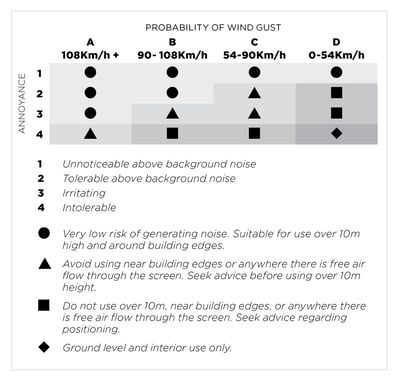 The dapple wind rating matrix.
The dapple wind rating matrix.
From ground-level privacy screens to decorative balconies used for high-rise apartment blocks, the dapple range has been thoroughly tested using specialist wind-tunnel technology designed to mimic typical New Zealand conditions. With these perforated screens, you will be able to gauge just how much noise a balcony could make, and which type of dapple product is best for your application.
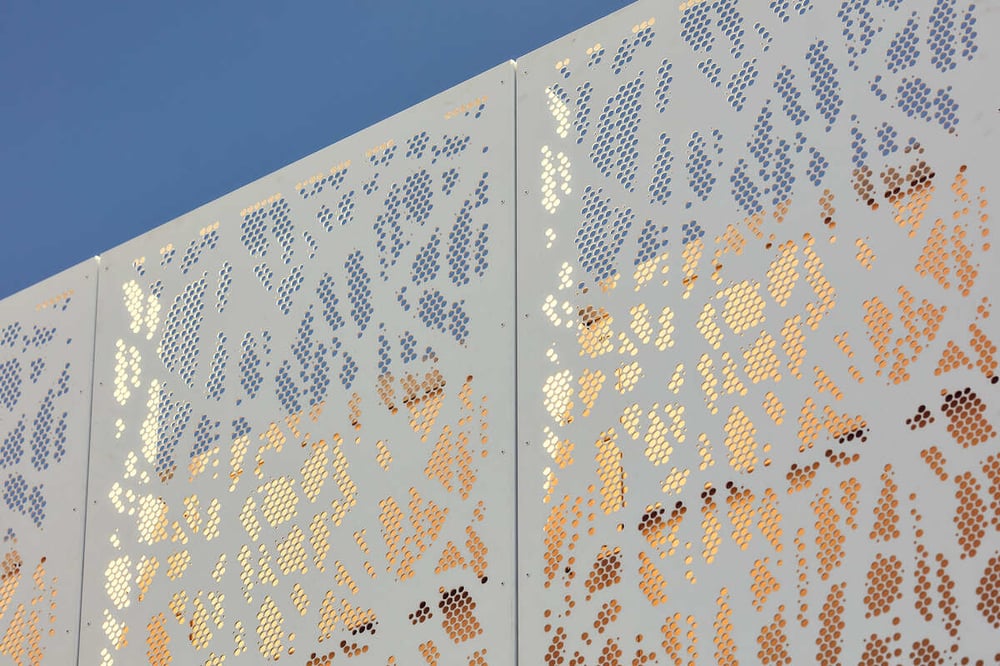
An example of one of our dapple perforated screen patterns.
Browse the dapple range
The dapple range of perforated screens is extensive and includes a wide range of decorative patterns and textures. For information on the entire range including typical screen fixing details and specific wind ratings, as well as custom options, check out the dapple brochure below.
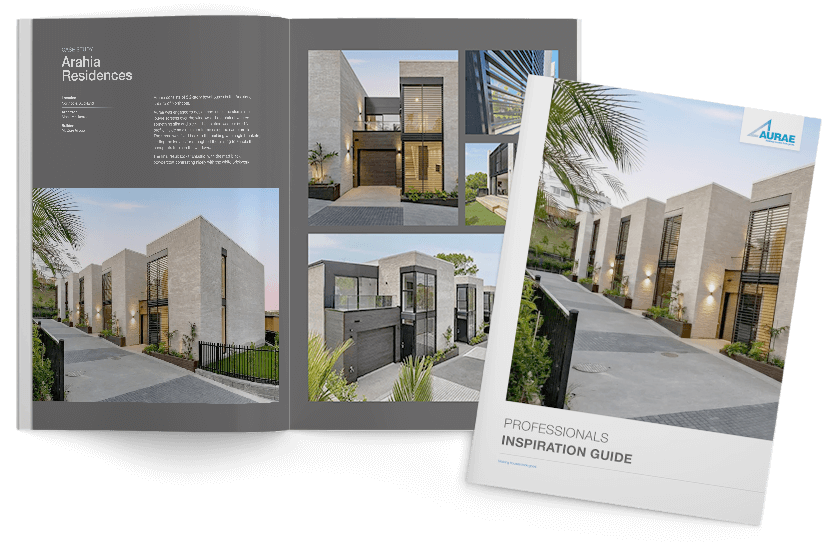
Looking for louvre inspiration for a current or future project? Our inspiration guide is the perfect starting point.
DOWNLOAD HERE


